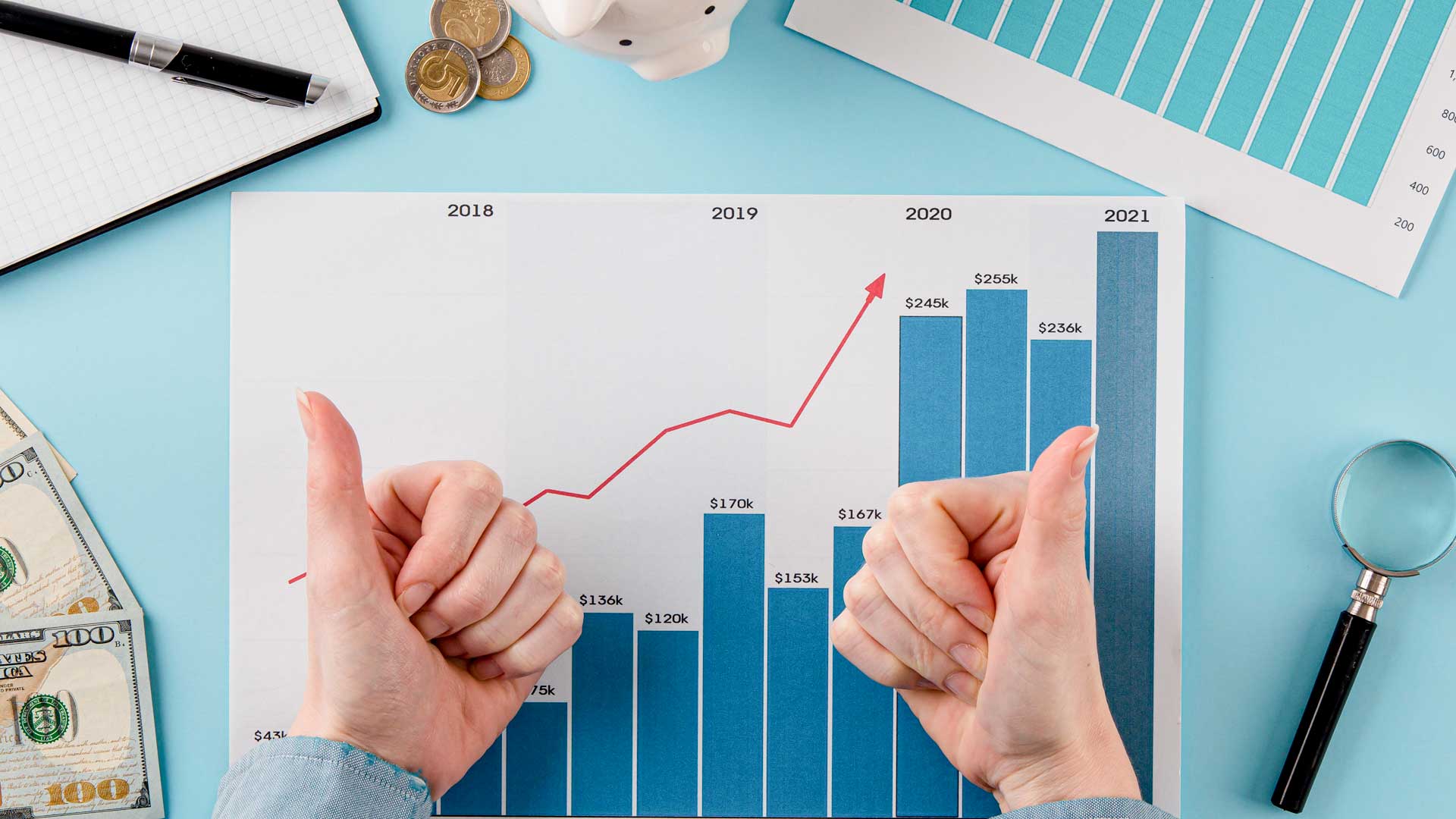The commodities market greatly impacts Pakistan’s economy, which affects everything from industrial production to agricultural outputs. Evaluating market patterns can benefit traders, policymakers, and investors. This is an illustrated guide to assist you in efficiently exploring and assessing Pakistan’s commodity market trends.
Knowledge of the Commodities Industry
It’s critical to comprehend the commodities exchanged before delving into the analysis. Typically, commodities can be divided into two groups:
Hard commodities comprise minerals, metals, and oil as the exchange of natural resources.
Soft commodities: Agricultural goods like wheat, rice, cotton, and sugar are among them.
Because of Pakistan’s rural economy, agricultural commodities are especially important.
List the Essential Commodities.
Determine which essential commodities are vital to the Pakistani market. Usually, these consist of the following:
Agricultural products: sugarcane, cotton, wheat, rice, and maize.
Commodities for energy: Gas and oil
Metals: gold, silver, copper. Knowing these commodities impact the economy will enable you to concentrate on your investigation.
Compile the Source of Data
The accurate analysis depends on reliable data. An Important source of data consists of:
Accurate analysis requires reliable data, which can be obtained from various sources.
These sources include:
Government Reports: Data from the Ministry of Finance and Pakistan Bureau of Statistics (PBS)
Commodity Exchanges: Pakistan Mercantile Exchange (PMEX) and Karachi Cotton Exchange (KCE)
Industry Reports: Market research firms and industry associations’ insights.
News Outlets: Updates on political, economic, and weather conditions that affect commodities.
Examine Past Records
Analyze production statistics and price patterns throughout time. What this entails
Price Trends: Research past price charts for signs of recurring trends.
Examine statistics on output, yields, and seasonal changes.
Production Data: Examine numbers about output, yield, and seasonal changes.
Consumption Trends: Learn the ins and outs of domestic demand and consumption habits.
*Assess Influencers in the Market*
Several factors can impact commodity prices and trends in Pakistan:
Weather: it is a major factor, particularly for agricultural goods. Many things can influence crop yields, including monsoon patterns, droughts, and floods.
Political decisions, like subsidies or trade policies, can influence market dynamics and bring US political stability.
Commodity pricing and trade agreements on a global scale can have an impact on local markets.
Exchange Rates: The value of imports and exports can be impacted by changes in the Pakistani Rupee (PKR) compared to other major currencies.
Apply Tools for Technical Analysis
To predict how prices will change, technical analysts use charts and indicators. Standard equipment comprises:
Moving Averages: A useful tool for sifting through price data in search of patterns.
The Relative Strength Index (RSI) will show if a commodity is overbought or oversold.
Boling brands: Shows how volatile prices are graphically.
Track the Movements of Supply and Demand
Commodity prices are based on supply and demand. Important things to keep an eye on are:
Production levels: Shifts in output due to technological advancements or harvest setbacks.
Import and export data: Variations in the amount and value of international trade.
Stock levels might be a good indicator of where prices are likely to go in the future.
*Remain Current on Market Developments*
Keep yourself informed by regularly following information from credible sources.
Policy Shifts: Laws and trade policies enacted by the government.
Economic Indicators: GDP growth, inflation rates, and more.
World Events: Changes taking place on a global scale that could affect commodities prices.
Use Professional Opinions
Speak with analysts and specialists who focus on commodities. They may offer insightful predictions based on their in-depth knowledge and data analysis.
Assess Prospective Investment
Evaluate possible investment opportunities in light of your analysis.
In risk management, you must consider the connection between risk and function to various commodities.
Diversification: to reduce risk, spread out your investment.
Long-term vs. short-term: based on market pattern, choose whether to prioritize long-term investing or short-term trading.
Conclusion
It takes a combination of historical data analysis, knowledge of marketing influence, and keeping up with current affairs to analyze trends in Pakistan’s commodity market. You can obtain insightful knowledge about the commodity market and make wise decisions using the techniques outlined here and trustworthy resources and tools.
Remember that the commodity market is unpredictable and vulnerable to sudden changes; therefore, successful trading requires ongoing observation and analysis.





